Unmatched Quality of Best Android Os Tablets Made in China Trusted Globally
The global tablet market has witnessed a significant surge, with Android OS Tablets leading the charge in terms of versatility and performance. According to a recent report by International Data Corporation (IDC), Android-based tablets accounted for over 50% of the total tablet shipments as of 2023, showcasing the platform's unparalleled adaptability and extensive app ecosystem. Chinese manufacturers have become key players in this domain, setting new benchmarks for quality and innovation. Reports indicate that brands from China are not only dominating the domestic market but also gaining trust globally, with a compound annual growth rate (CAGR) of 6.2% in the tablet segment projected over the next five years. This upward trend highlights the substantial improvements in production standards and quality control, establishing a robust foundation for the future of Android OS Tablets. As consumers increasingly seek reliable and high-performing devices, the unmatched quality of these tablets from China solidifies their position at the forefront of the industry.
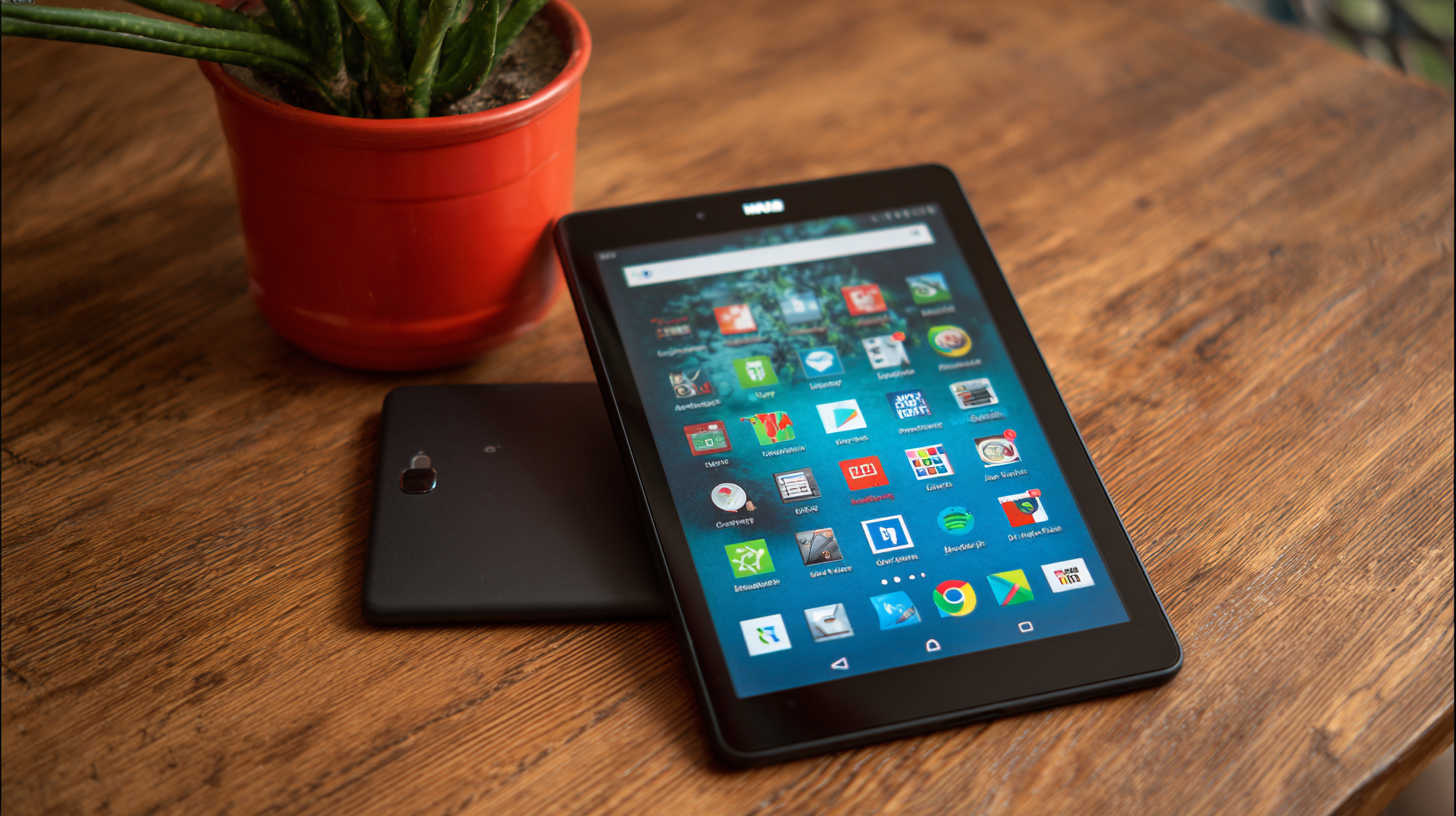
The Rise of Chinese Android Tablets: A Market Overview for 2025
The rapid ascent of Chinese Android tablets has redefined the global tech landscape, with a significant projected growth trajectory for 2025. As worldwide tablet shipments have surged by 8.5% year-over-year, reaching 36.8 million in Q1 2025, the impact of digitization in various sectors is becoming increasingly apparent. The rugged tablet segment is expected to see substantial growth, with a market increase of $700 million from 2024 to 2030, driven largely by the demand for efficient digital solutions in field operations.
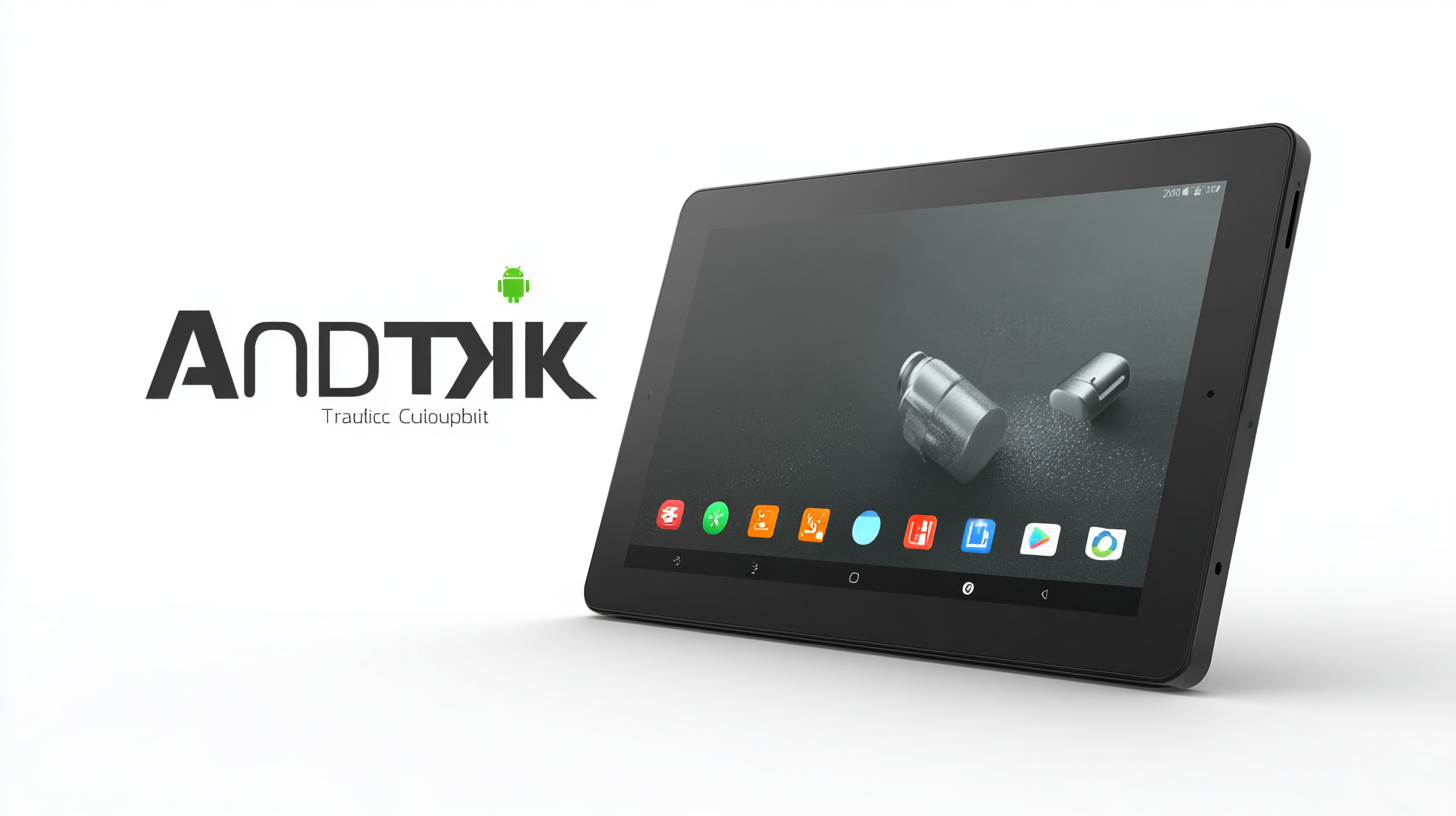
Moreover, the ongoing global semiconductor industry boom—spurred by advancements in AI and data centers—complements the rise of Chinese tablet manufacturers that are heavily investing in innovation. With a substantial funding boost from treasury bonds aimed at fostering business and consumer initiatives in China, the market is poised for more competitive pricing and enhanced product offerings. This scenario not only reinforces the credibility of Chinese products but also positions them as trusted choices in the global market, appealing to consumers looking for unmatched quality in Android tablets.
Key Metrics: Growth Projections and Market Shares in the Tablet Industry
The tablet industry has seen remarkable growth in recent years, with projections indicating that the global market will reach approximately $200 billion by 2025. According to a report by Statista, the number of tablet users worldwide is expected to surpass 1.5 billion by 2024, showcasing a robust demand driven by advancements in technology and increasing consumer preferences for portable computing devices.
Chinese manufacturers have played a significant role in this expansion, contributing to over 50% of the global tablet market share. Brands like Huawei and Xiaomi not only lead in units sold but also emphasize quality and innovation, gaining the trust of consumers globally. The International Data Corporation (IDC) highlights that shipments from Chinese companies grew by nearly 20% in the last year alone, outpacing competitors in North America and Europe. As the demand for versatile and high-performance tablets increases, the emphasis on unmatched quality and reliability from Chinese manufacturers positions them favorably in the competitive landscape.
Technological Innovations Driving the Quality of Chinese Android Tablets
The rise of Chinese manufacturers in the tablet market, particularly for Android OS devices, can largely be attributed to their commitment to technological innovation. Companies such as Huawei, Xiaomi, and Lenovo have embraced cutting-edge technologies, continuously refining their product lines. Features like high-resolution displays, long-lasting batteries, and advanced processing power have become standard in their offerings. This focus on innovation not only enhances user experience but also propels these devices to become competitive on the global stage.
Moreover, advancements in production techniques and stringent quality control measures have significantly improved the reliability of these tablets. Chinese manufacturers are now incorporating AI capabilities, improved graphics performance, and adaptability to various user needs, making them versatile choices for consumers worldwide. By leveraging their extensive research and development resources, these companies are setting new benchmarks in the tablet industry, ensuring that “Made in China” resonates with trust and quality in the minds of global consumers.
Unmatched Quality of Best Android OS Tablets Made in China Trusted Globally
| Model |
Display Size |
Processor |
RAM |
Storage |
Battery Life |
Price (USD) |
| Tablet A |
10.5 inches |
Octa-Core |
4 GB |
64 GB |
12 hours |
299 |
| Tablet B |
11.0 inches |
Hexa-Core |
6 GB |
128 GB |
14 hours |
399 |
| Tablet C |
8.4 inches |
Quad-Core |
3 GB |
32 GB |
10 hours |
199 |
| Tablet D |
12.0 inches |
Octa-Core |
8 GB |
256 GB |
15 hours |
499 |
Global Trust: How Chinese Tablets are Winning Over International Consumers
In recent years, Chinese manufacturers have made significant strides in producing high-quality Android OS tablets, winning the trust of consumers around the globe. The combination of affordability, advanced technology, and impressive performance has made these tablets highly sought after. International consumers now recognize that many Chinese brands offer features comparable to their more expensive counterparts, making them a practical choice for both personal and professional use.
When considering the purchase of a tablet, it’s crucial to evaluate the brand's reputation. Look for reviews and ratings from other users to ensure you’re buying a product that is both reliable and meets your expectations. Additionally, pay attention to the specifications, such as battery life, processor speed, and display quality, as these factors can significantly affect your overall experience.
For those navigating the vast array of choices, it’s helpful to identify your primary use case. Whether for gaming, work, or streaming content, understanding your needs will allow you to select a tablet that best fits your lifestyle. Don’t hesitate to explore customer service options and warranty details, as these elements reflect the manufacturer’s commitment to quality and consumer satisfaction.
Tips for Choosing the Best Android Tablet: Features to Look For in 2025
When selecting the best Android tablet in 2025, several key features should be prioritized to ensure a superior user experience. According to market research conducted by IDC, the global tablet market is projected to reach 160 million units by the end of 2025, with Android tablets accounting for a significant portion of this growth. One of the most crucial factors to consider is the display quality. Look for tablets with at least a Full HD resolution (1920 x 1080 pixels) or higher, as brighter and sharper screens enhance productivity and entertainment.
Another essential feature is battery life. As noted in a report by Statista, tablets with robust battery performance—offering at least 10 hours of usage on a single charge—are increasingly in demand. In addition, consider the processing power and RAM configuration, as these elements directly impact multitasking capabilities. Tablets equipped with octa-core processors and a minimum of 4GB RAM are recommended for smooth performance, particularly for users who plan to run demanding applications or multitask extensively. By focusing on these attributes, consumers can find a tablet that not only meets their needs but also provides an exceptional experience well into the future.

Home
Products
Solutions
MDM Software
OEM/ODM
About Us
About 3Rtablet
Quality Control
Contact Us
News
New Product Launch: 3R Rugged Tablet PC: AT-10AL—Powerful Customization with Yocto System
3Rtablet: Enhancing Your Off-Road Adventures,Your Ultimate Off-Road Companion
3Rtablet: Powering Productivity in Construction and Agriculture
Choosing Your Ideal Linux Rugged Tablet: Why Opt for Yocto?
Choosing Your Ideal Linux Rugged Tablet: Why Opt for Debian?
Yocto VS Debian - Choosing Between Yocto and Debian
GMS Certified Android Device: Ensuring Compatibility, Security and Rich Functions
New Arrivals: Rugged Android 12.0 or Linux Yocto OS Vehicle Telematics Box for Vehicle Applications in Various Sectors
Rugged Tablet For Taxi Dispatch
Rugged Driver Tablets Revolutionize Safety and Efficiency in Mining Operations
Rugged In-Vehicle Tablets Power the Growth of IoT Revolution in Modern Industries
VT-7A PRO: New Android 13 Rugged Vehicle Tablet with GMS Certification
Taxi Dispatch Rugged Vehicle Tablet: Taximeter Ruggedized Car Tablet PC with CANBUS MDT Terminal Is Bound to Make an Impact in Your Business
Sick and Tired of Doing Fleet Management the Old Way? Read This! Discover Smarter Solutions with MDT Terminals, Rugged Vehicle Tablets, MDM Platforms, and More
Global Memory Supply Faces Severe Disruptions Amid AI-Driven Demand Surge
Public Transportation Transformation Accelerates: Rugged Tablets Become the Brain of the Smart Bus
Smart Anti-Collision System Unveiled: Rugged Tablet Integrates Advanced Al Pedestrian Detection Reversing Camera Technology
Driving Forward Together | Merry Christmas from 3Rtablet
FAQs
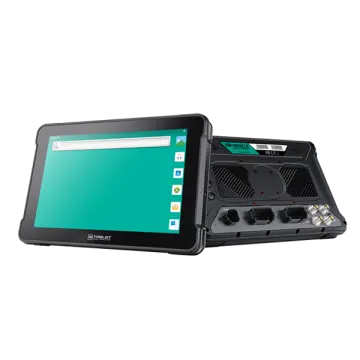 AT-10A
AT-10A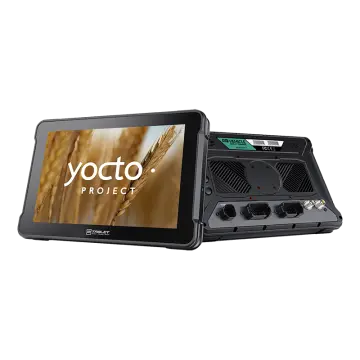 AT-10AL
AT-10AL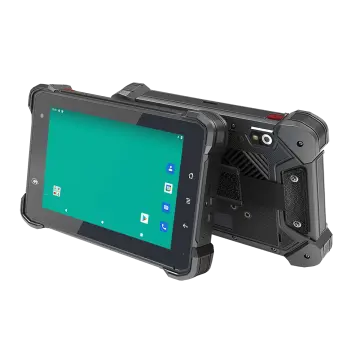 VT-7 GA/GE
VT-7 GA/GE VT-7 Pro
VT-7 Pro VT-7 PRO (AHD)
VT-7 PRO (AHD) VT-7A
VT-7A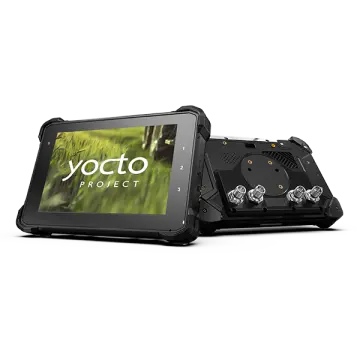 VT-7AL
VT-7AL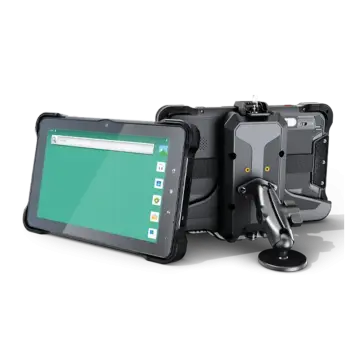 VT-10
VT-10 VT-10 IMX
VT-10 IMX VT-10 Pro
VT-10 Pro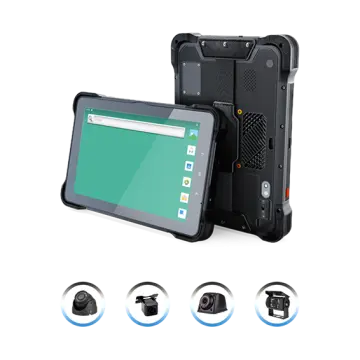 VT-10 Pro AHD
VT-10 Pro AHD VT-7
VT-7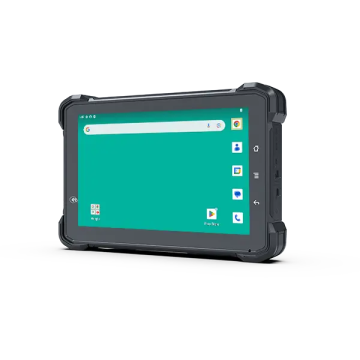 VT-7A PRO
VT-7A PRO VT-10A Pro
VT-10A Pro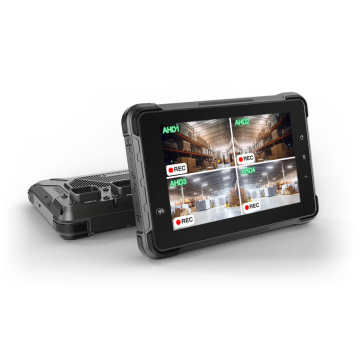 ST-7 Rugged Table
ST-7 Rugged Table VT-5A
VT-5A VT-5
VT-5 VT-BOX
VT-BOX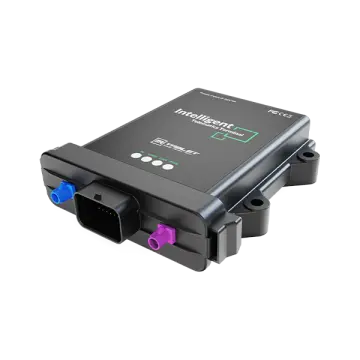 VT-BOX-II
VT-BOX-II AI-MDVR040
AI-MDVR040 AT-B2
AT-B2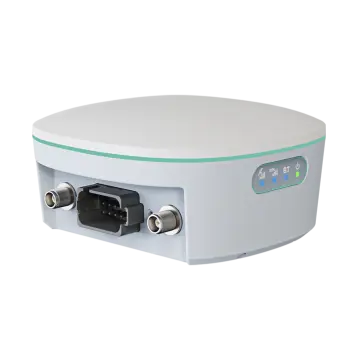 AT-R2
AT-R2

